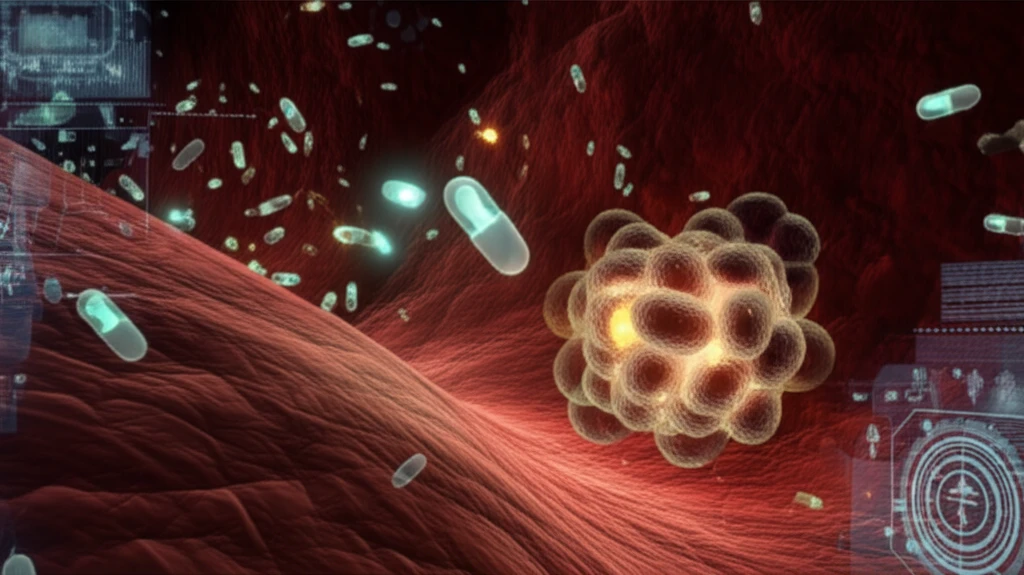
Smart Nanoparticles: The Future of Targeted Drug Delivery?
"Could magnetic silica-coated hydroxyapatite composites revolutionize how we treat diseases by delivering drugs exactly where they're needed?"
Imagine a future where medications target only the diseased cells in your body, leaving healthy tissue untouched. This is the promise of targeted drug delivery, and it's rapidly becoming a reality thanks to advancements in nanotechnology. Traditional methods often distribute drugs throughout the body, leading to side effects and reduced effectiveness. But what if we could design tiny carriers to deliver drugs directly to the site of the illness?
Researchers are increasingly focused on creating systems that respond to specific stimuli in the body, such as changes in pH levels. For instance, cancerous tumors often have a more acidic environment than healthy tissues. By creating drug carriers that release their payload only in acidic conditions, we can target these diseased areas more effectively.
This article delves into a groundbreaking study on the synthesis of silica-coated magnetic hydroxyapatite composites, a novel approach to pH-responsive drug delivery. We'll explore how these nanoparticles are designed, how they work, and what potential they hold for revolutionizing medical treatments.
How Do These Smart Nanoparticles Work?

The core of this technology lies in the creation of a special composite material. Scientists have developed nanoparticles with a multi-layered structure, each layer serving a specific purpose:
- Silica Coating (SiO2): Surrounds the iron oxide core, stabilizing the nanoparticle and providing a surface for further modification.
- Hydroxyapatite (HAp) Shell: This biocompatible mineral forms the outer layer. Importantly, HAp dissolves in acidic environments.
- Drug Encapsulation: The chosen drugs, in this case, captopril (hydrophilic) and ibuprofen (hydrophobic), are embedded within the composite structure, interacting with amine and carboxylic acid groups, ensuring the formation of calcium phosphate shell.
The Future is Targeted
This research demonstrates the exciting potential of pH-responsive nanoparticles for targeted drug delivery. By engineering materials that respond to specific environmental cues, we can create more effective and less toxic therapies.
While still in the early stages of development, this technology holds immense promise for treating a wide range of diseases, from cancer to infections. Imagine a future where treatments are personalized and precisely targeted, minimizing side effects and maximizing the chances of recovery.
Further research and development are needed to optimize these nanoparticles for clinical use, but the future of medicine is undoubtedly moving towards more targeted and intelligent drug delivery systems.
